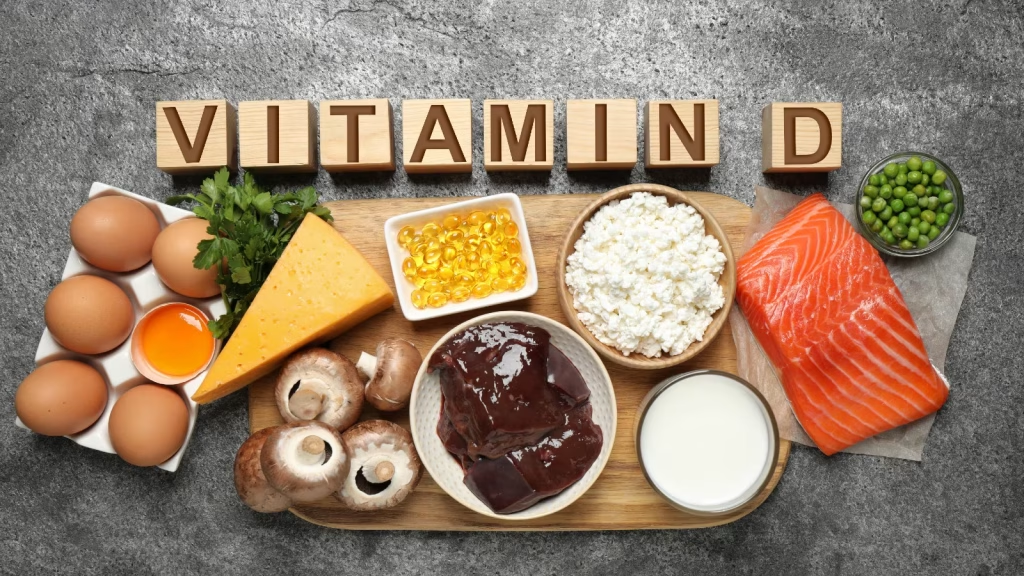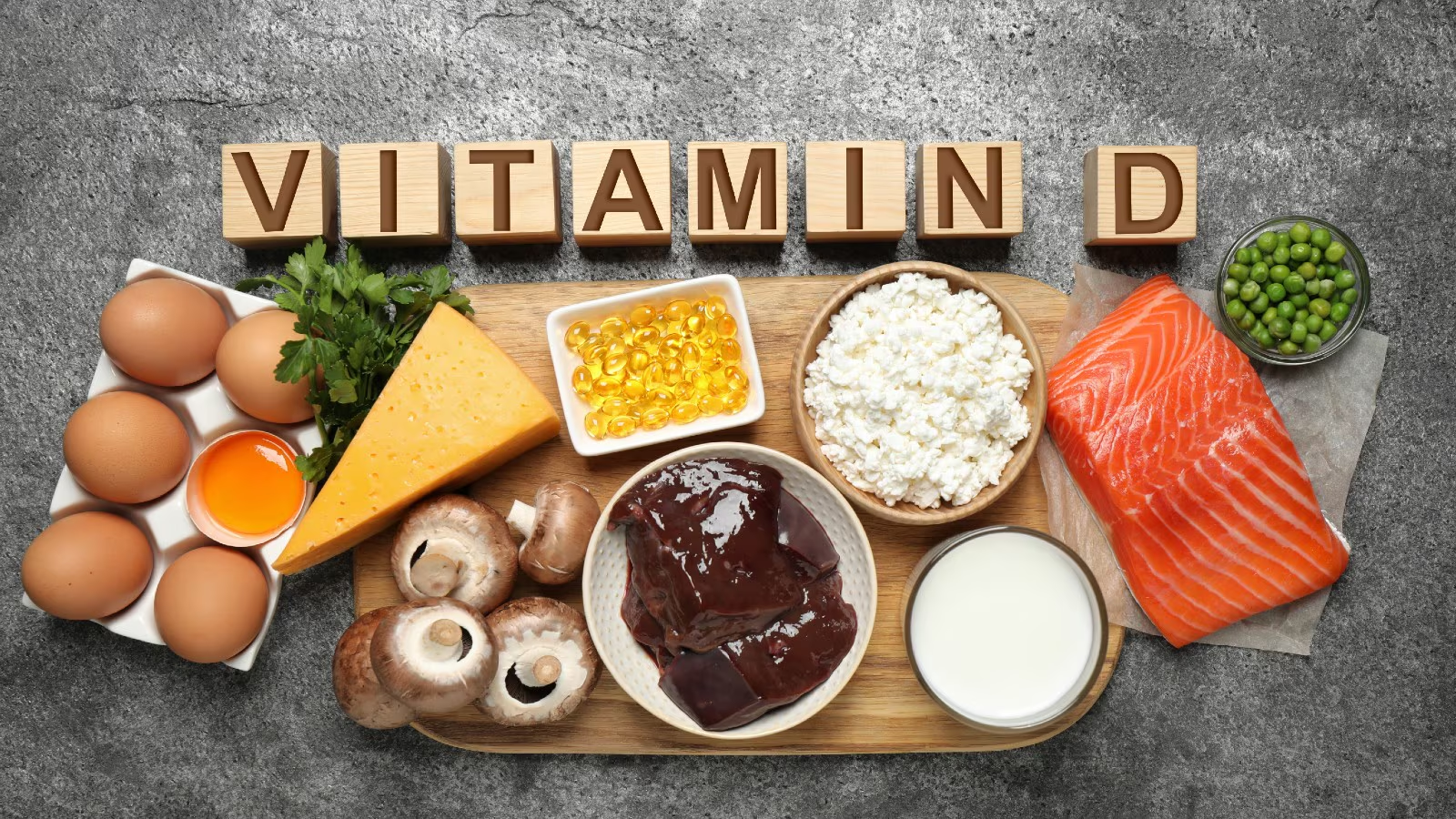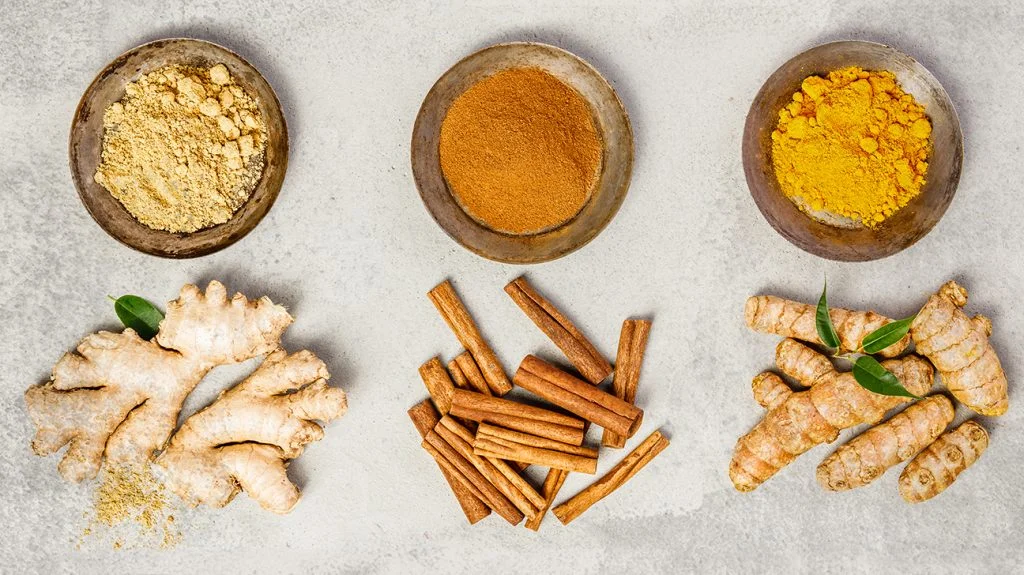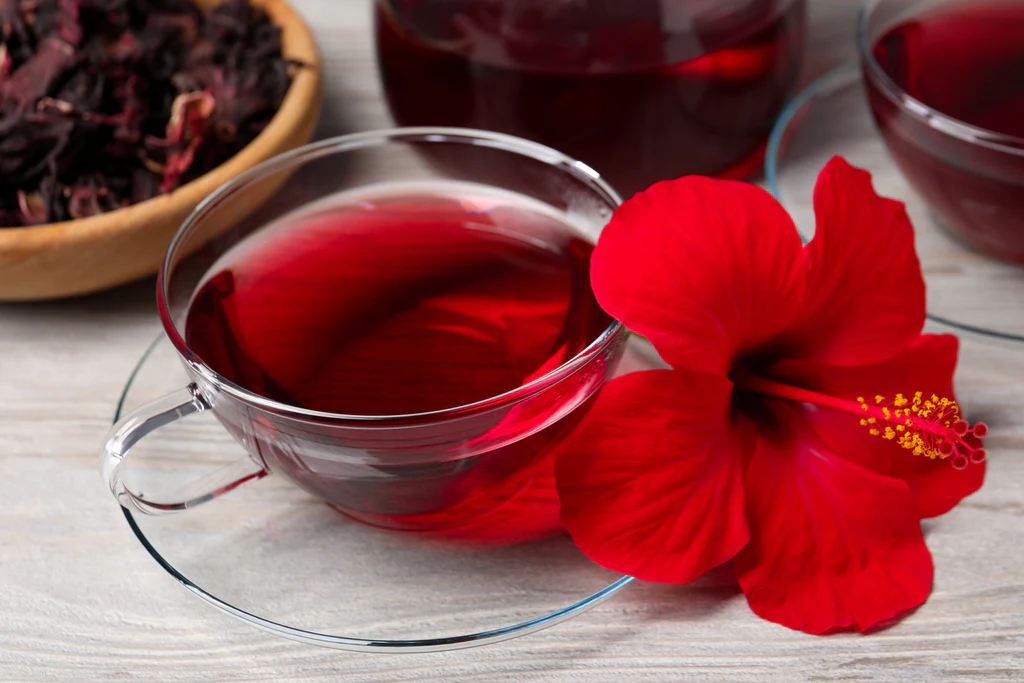10 Super Foods to Boost Your Vitamin D Naturally
Vitamin D, also known as the “sunshine vitamin,” is essential for immune system support, mood regulation, and healthy bones. Although the most well-known source of vitamin D is sunshine, you may naturally increase your intake by eating a variety of superfoods. Including these nutrient-rich foods in your diet is a proactive method to preserve optimal health as vitamin D shortages grow more prevalent, particularly in areas with little sun exposure.
The top 10 superfoods to naturally increase vitamin D will be covered in this guide, which will help you make better food choices and enhance your general health.

1. Fatty Fish (Salmon, Mackerel, Sardines)
One of the best natural sources of vitamin D is fatty fish. About 526 IU of vitamin D, or more than half of the daily allowance for most individuals, may be found in only 3.5 ounces (100 grams) of cooked salmon.
Why it works: The liver and other fat tissues of fatty fish retain vitamin D. Compared to farmed fish, wild-caught fish often have greater vitamin D levels.
How to eat it: For a heart-healthy supper, bake or grill fish. Try incorporating salmon into grain bowls, salads, or wraps.
2. Cod Liver Oil
There are around 450 IU of vitamin D in one teaspoon of cod liver oil. It has been used as a supplement for a long time to strengthen bones and prevent rickets.
The reason it works: In addition to having high vitamin D levels, cod liver oil is also a fantastic source of vitamin A and omega-3 fatty acids.
Methods of consumption: accessible in both liquid and pill form. Consume it with food to improve absorption.
3. Egg Yolks
Although eggs are a simple way to get vitamin D, the majority of the mineral is found in the yolk. About 37 IU of vitamin D are included in one big egg yolk.
Why it functions: Eggs from hens exposed to sunshine or fed vitamin D-enriched diet have far greater vitamin D content.
How to eat: Add eggs to salads, breakfast, or as a high-protein snack. Whenever feasible, choose eggs that are pasture-raised or fortified with vitamin D.
4. Mushrooms (Exposed to UV Light)
The sole plant-based source of vitamin D, especially when exposed to UV radiation, is mushrooms. A serving of 100 grams of UV-exposed mushrooms contains more than 450 IU of vitamin D2.
The reason it works is that, like human skin, mushrooms manufacture vitamin D2 when exposed to sunshine.
How to eat: Add mushrooms to stir-fries, omelets, and soups, or sauté them with garlic and herbs. Verify the labels to make sure they have received UV treatment.
5. Fortified Foods (Milk, Orange Juice, Cereal)
Vitamin D is added to a lot of basic foods to assist fill up nutritional deficiencies. For instance, 115–130 IU of vitamin D are usually found in a cup of fortified milk.
Why it functions: Even those who don’t eat fish or eggs can get the vitamin D they need from everyday foods thanks to fortification.
Method of consumption: Select fortified goods such as juices, morning cereals, and plant-based milks. Always look up the vitamin D content on the nutrition label.
6. Beef Liver
Beef liver is a powerful source of vitamin D, with around 42 IU per 3-ounce meal, despite not being everyone’s favorite.
Why it works: Rich in nutrients, beef liver offers vitamin D along with iron, vitamin A, and B vitamins.
Because of its high vitamin A concentration, it should be consumed in moderation. Blend tiny quantities into meatloaf or patties, or prepare liver and onions.
7. Caviar and Fish Roe
Vitamin D is one of the many vital minerals found in the delicious foods caviar and fish roe. About 33 IU of vitamin D may be found in one spoonful.
Why it functions: Omega-3 fatty acids and fat-soluble vitamins are enriched in fish eggs.
Consume it as a garnish on sushi, toast, or as a gourmet treat with blinis and sour cream.
8. Cheese (Especially Ricotta and Swiss)
Certain cheeses, such as Swiss and Ricotta, include trace quantities of vitamin D, about 6 IU per ounce.
Why it works: Milk-based cheese is a supplementary source of vitamin D because it preserves part of the fortified vitamin.
How to eat: Add cheese to pasta meals, sandwiches, or as a fruit and nut snack.
9. Tofu and Plant-Based Alternatives (Fortified)
Fortified tofu and plant-based meat alternatives can provide 80–100 IU of vitamin D per serving for vegans and vegetarians.
Why it works: To improve the nutritional balance of plant-based choices, manufacturers frequently add vitamin D2 or D3.
Use it in curries, stir-fry with veggies, or grill for wraps and sandwiches.
10. Oysters and Shellfish
Along with zinc and selenium, which help boost immunity, oysters and other shellfish provide small levels of vitamin D.
Why it works: Vitamin D and other micronutrients from their surroundings are bioaccumulated by these marine organisms.
Consumption options include serving oysters raw on the half shell, cooked in pasta dishes or stews, or grilled with herbs and lemon.
Tips to boost the Absorption of Vitamin D
- Pair with Nuts, Avocado, and Olive Oil: Since vitamin D is fat-soluble, eating these foods with it helps improve absorption.
- Get Regular Sunlight: Depending on your skin type and area, try to get 10 to 30 minutes of midday sun exposure many times a week.
- Think About Supplements: See a doctor about vitamin D supplements if diet and sun exposure aren’t enough.
Despite the fact that many people do not get enough vitamin D each day, maintaining sufficient amounts is crucial for general health. You may naturally increase your intake and support essential processes like immune response, mood management, and bone density by including these top 10 vitamin D-rich superfoods in your diet. For a comprehensive approach to wellbeing, combine these meals with healthy lifestyle practices like frequent exercise and moderate sun exposure.
Take the first step toward optimum health and vigor by include these tasty and nutrient-dense superfoods on a regular basis in your meals.




